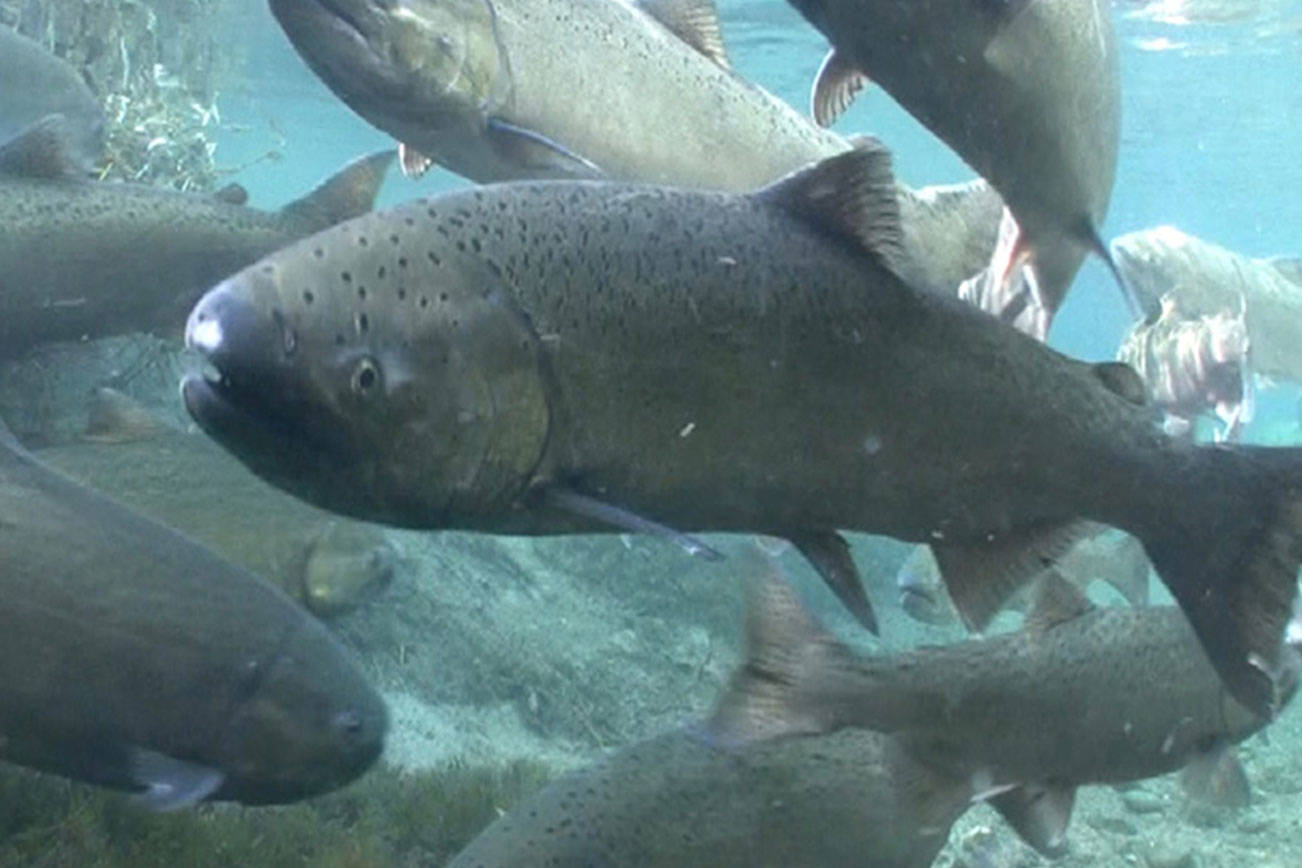Washington state has announced it is awarding $45 million in grants to counties around Puget Sound to be used for salmon habitat health and restoration.
The grants will be used on a variety of projects from setting back levees to reconnecting floodplains. King County received $7.85 million for various projects, the second highest amount awarded and second only to the nearly $13 million that went to Whatcom County. Salmon in the area have been struggling, and they provide a source of food not only for humans, but for Puget Sound’s resident orca pod.
“We know that some of the Puget Sound populations are doing the worst and are struggling to survive,” said Washington state Recreation and Conservation Office spokesperson Susan Zemek. “We’ve seen a lot of progress in other parts of the state.”
Data from the State of Salmon website, a Washington state site where data on salmon and habitat is aggregated, puts numbers behind salmon in some local rivers. The adult Chinook population in the Green River has fluctuated over time, with 91 percent spawning from hatcheries. The recovery goal for the river is 27,000 adult Chinook in the system, but the 10-year mean is just under 3,000 fish.
In the Cedar River, the 10-year mean has been 1,028 fish, with 75 percent coming from a hatchery and with a goal of having 2,000 to 8,200 adult fish in the river. The Snoqualmie River has a goal of between 5,500 to 25,000 salmon, but has a mean of 1,103.
The state Legislature has steadily been increasing funding for salmon recovery projects each biennium. In the 2015-2017 budget, the state allocated $37 million, followed by $40 million in the next two-year budget. In total for the 2019-2021 budget, the state set aside $49.5 million, Zemek said. The money is provided for shovel-ready projects.
“It’s a very focused and strategic plan,” Zemek said.
The largest portion of King County’s funding, some $5.9 million, will be used to remove a half-mile of levee and around 180,000 cubic yards of fill from the floodplain surrounding the Cedar River. It will also add plants to around 28 acres and build a channel that’s roughly 1 mile long and support a 52-acre floodplain restoration. The river is used by Chinook and steelhead trout as well as coho.
King County will contribute more than $766,000 through a local grant and an additional $280,000 in state grant funding. In total, the project clocks in around $7 million.
Additionally, the grant included nearly $850,000 to King County’s Water and Land Resource Division to design two projects to set back levees on the Snoqualmie River downstream of the Raging River and Fall City. Future restoration projects could restore a half-mile of riverbank habitat, improve connections with the floodplain and increase vegetation planting on 60 acres along the waterway. The county will contribute more than $176,000 to the project which has a total price tag of $1.176 million.
Several other smaller projects were included too, including more than $580,000 to remove invasive plant species and put in native plants along the Green River.


